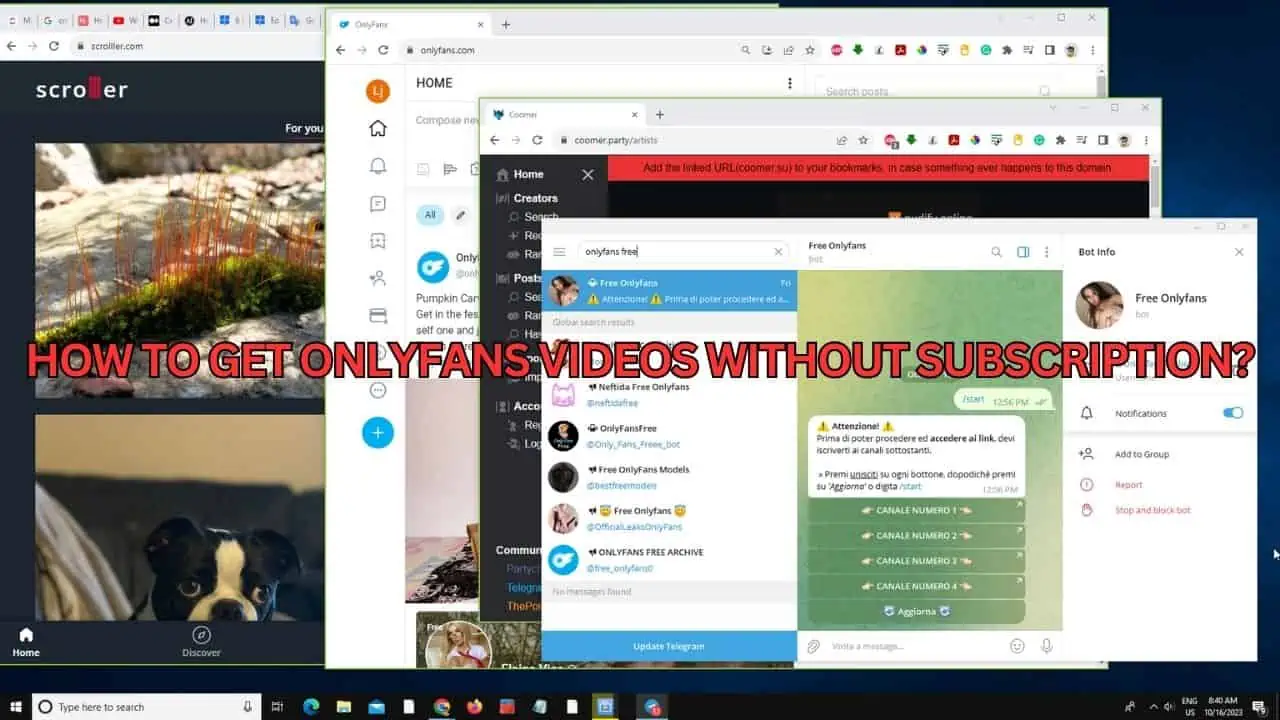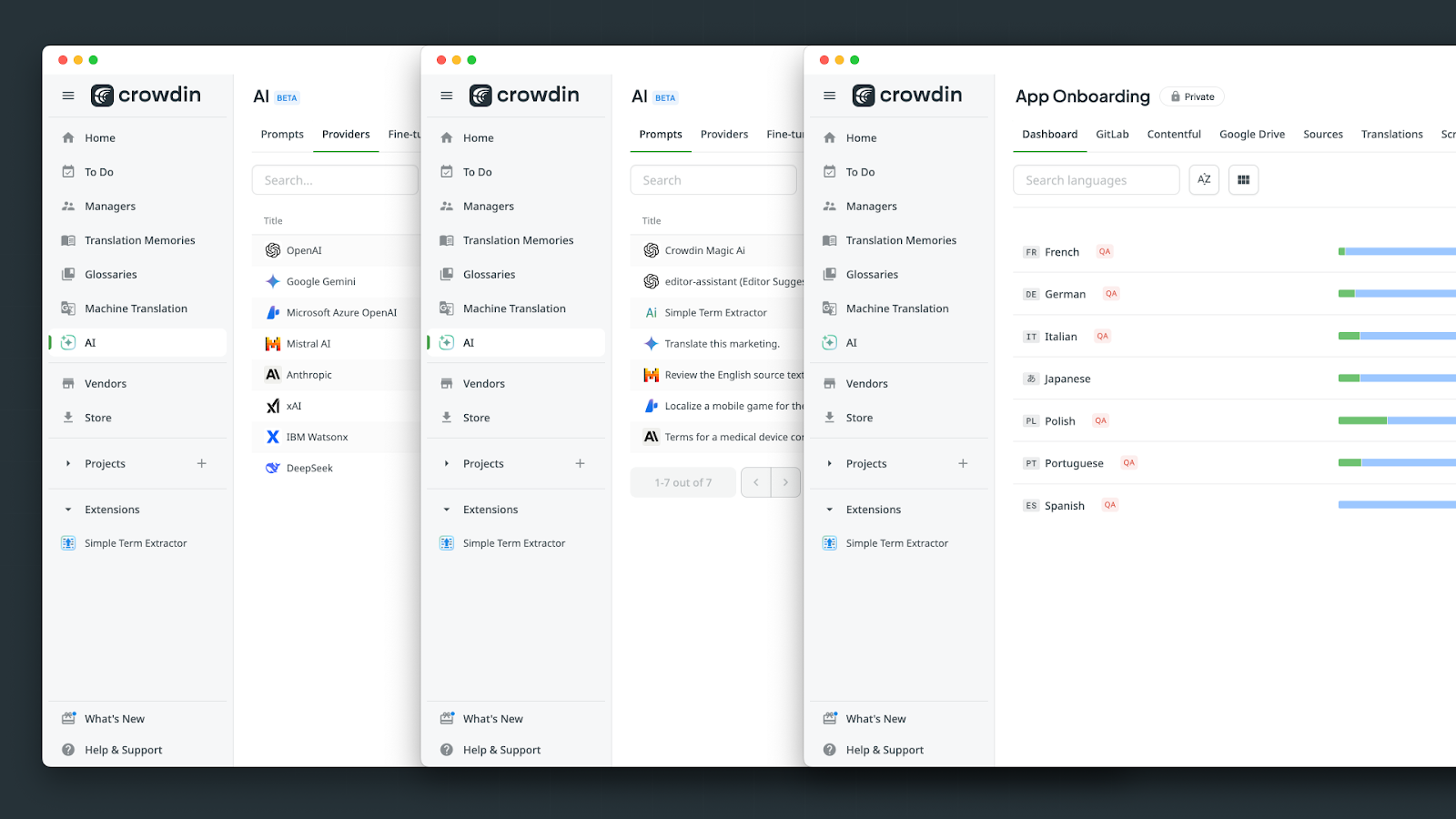With Windows 10, Microsoft Runs Out of Excuses
8 min. read
Published on
Read our disclosure page to find out how can you help MSPoweruser sustain the editorial team Read more
Recently, I was reminded of the old adage “this will be the year of the Linux desktop.” A mere decade ago, the phrase was used all over the Internet, often with genuine seriousness. However, as we move into 2015, the phrase has become an old joke, something that does not even get the benefit of a tweetstorm. Nobody believes Linux is making a significant comeback with desktop workstations; moreover, there were no major consumer based Linux announcements at CES from the major PC OEMs either.
Currently, I wonder if Microsoft faces the same fate a decade from in 2025. Foremost, let’s not kid ourselves with selective statistics. Looking at the large picture, the trend is not in Microsoft’s favor. Apple and Google currently hold the dominant positions in the mobile world, with iOS and Android holding a very large majority of OS market share. Microsoft Windows Phone Mobile Handheld Devices currently are in third place, but it is a very meager, sad third place with well under 10% in the US. Over the years app quality had been a major issue for Windows Phone devices; however, it is clear to see that is no longer the case when looking at apps such as myTube, Readit, 6gram, and many others. What is a major issue is the lack of app support from major developers already on iOS and Android devices. The frustration this brings to users can most easily be seen in Snapchat’s treatment of Windows Phone. On nearly every Windows Phone community, users tell personal anecdotes of friends who held interest in the phone, but then decided to move to an Android device due to a lack of a Snapchat app. The lack of quality first party apps continues to hurt the Windows Phone and more importantly, the perception that Windows Phone simply does have apps is beginning to be engrained in the tech culture. Perception is often more important than reality.
Over the past few weeks, there has been heightened criticism of Ed Bott (ZDNet), Tom Warren (The Verge), and Michael Archambault (WinBeta, formerly WindowsCentral [formerly WPCentral]) from switching from their Windows Phones to Android or Apple devices. I tend to believe that this criticism is misdirected. The true issue lies with Microsoft being unable to retain individuals within the ecosystem. Anecdotally, two acquaintances who chose Windows Phone because of their fondness of Xbox and Zune switched to Android this holiday due to a lack of flagship Windows Phones. Ed Bott’s criticism of Windows Phone’s update mechanism is completely valid. The majority of users do not experience what is pushed out through the developer update, yet it is only through installing the developer update that a Windows Phone user is able to have a mobile experience on par with Android and iOS devices. On iOS, Apple controls the software updates and on Android, excluding some hardware limitations, most users can easily root their phone to the latest version of Android.
Even many Microsoft employees (current and former) tend to not use Windows Phones. OneDrive Group Program Manger Omar Shahine recently updated his “What I Use” post for 2015, showing he uses an iPhone 6 plus as his primary mobile device and an iPad Air 2 as his primary tablet. He also owns the latest iMac with 5k retina display. All of this makes one wonder if Shahine would even use Microsoft products if they did not employ him. Steven Sinofsky, the former President of Windows who also spent nearly a quarter of a century at the company, uses an iPhone as his daily driver as well. On the surface, there is something fundamentally wrong when employees of Microsoft do not even wish to use Microsoft products. For a company that prides itself in “dog fooding” as a core part of its DNA, there is very little going on with Windows Phone. Perhaps the next task for Microsoft’s disastrous marketing team can be to figure out how to market Microsoft products to Microsoft employees.
On the Windows side of the equation, things seem to be slightly better. After three years, we have finally seen some innovations, especially considering the recent announcements at CES. The Dell XPS 13 Infinity display is certainly a testament to this. Nevertheless, I think there is zero question that the Surface strategy is completely and 100% justified. Certainly, some blame lies with Intel, as the Broadwell chipset delay was harmful. The Core M chipset has been unimpressive from a performance perspective, but it should allow for some of the first true fanless PCs. However, a recent report from Mary-Jo Foley shows Microsoft is making less money per license than ever before, with some versions of Windows being virtually free. Some OEMs are still in shaky positions from a business and financial perspective. HP is spinning off their PC business, Dell has gone private, Acer and ASUS have had weak quarterly earnings, and Sony VAIO has gone out of the PC business. Further consolidation in the PC market is inevitable, especially considering lackluster growth. Only Lenovo seems to be doing truly well, and with the purchase of Motorola, it is the only PC OEM with a healthy mobile business. The other OEMs continue to dabble with Android, which should be a concern to Microsoft.
This finally brings us to Windows 10. According to Microsoft, January 21st marks an important even as it pertains to Windows 10. Importantly, it is a fundamental leap forward towards the “One Microsoft” vision. Both Windows 10 and Windows Phone 10 will share the same kernel and have greater parity at an API level. This has largely been done to entice developers into creating more universal apps. There are rumors that the potential lies for apps on Xbox One as well. Tomorrow also marks the death of “the dream of the managed code OS,” which h0x0d has documented, including the disbandment of the Midori team.
There may be a lot of disagreement with this, but from my personal experience, Windows 10 has been a disappointment for me so far. After seven years, I finally bought a new laptop and I decided not to upgrade it to Windows 10. This is the first time in my life that I have not been running the latest beta version of Windows, if it has been publically available. The builds so far have been nothing but buggy, and pale in comparison to the quality of builds during the Windows 8 development era. Microsoft needs to decide if wants to stick with the Metro design, stick with hubs, and create consistency with their own first party apps or they want to abandon their own design language entirely. Microsoft continues to lack a backbone and a clear consistent vision. The company’s CEO Satya Nadella seems to have maintained his focus on the cloud and remains to be whether he will make his own mark on Windows 10 tomorrow. Nadella and Stephen Elop seem to be of the philosophy to spread Microsoft’s services to all ecosystems, often at the expense of their own.
Microsoft fans have been patient for a long time, and “SoonTM” has become the de facto response when users ask when an update that truly fixes the issues they lament about will come. The time for excuses is over for Microsoft; Windows 10 must either completely deliver or it will be a catastrophic failure for a company that once had the ability to complete dominate the tablet and mobile market. This is not to say Microsoft itself will collapse, but rather the titan of industry that once was will likely no longer exist. This is also not to say Microsoft will not keep making money, but it will not be a company I care about anymore or that will be discussed in the technology media daily. IBM and Xerox are still successful companies who make billions of dollars a years, but they are not companies that make meaningful impacts or innovations on the lives of your average consumers. I remain cautiously optimistic about tomorrow’s announcement. If Microsoft disappoints, Google and Apple are readily awaiting to take over their customers.
For me personally, this year will determine whether I choose to stay within the Microsoft ecosystem. Tomorrow’s press event, Mobile World Congress (MWC), BUILD in April, and E3 in June will provide significant insights into Microsoft’s short-term strategy and long-term vision. While I am in the minority, I was a fan of Steven Sinofsky’s management style and vision for Windows. I hope to be equally blown away by Terry Myerson’s vision tomorrow. I really do truly and genuinely hope to be blown away, but only time will tell.









User forum
0 messages